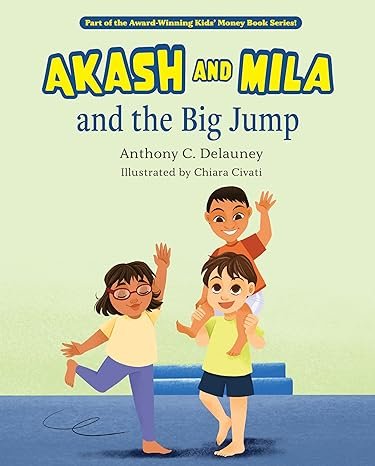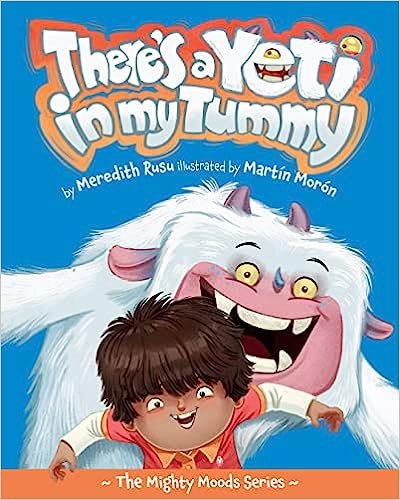The Inspiration Behind Off the Grid by Robert McCaw
/Readers sometimes ask me where I get my plot and character ideas. I believe that all good fiction is grounded in some germ of truth. That’s what makes stories believable. But truths from different sources can be twisted together to form believable fiction. The original inspiration for Off the Grid, for example, came from a painting my wife and I commissioned from an artist who lived in a remote part of the Big Island in a rather ramshackle house deep in a rain forest. The inside was cluttered with mismatched bric-a-brac, art supplies and partially finished paintings. I knew immediately that the house had a story to tell. The artist, an eccentric painter, exacting in rendering natural detail, was for me a character in waiting. That her husband had some sort of clandestine military background made the pair a writer’s dream.
Shortly thereafter, a small rural restaurant we frequented closed because the authorities arrested the proprietor as a fugitive from justice, and research revealed that the restauranteur was not the only wanted man hiding out in the backwaters of the Big Island. Other refugees from justice had been apprehended after living for years in remote corners of rural Hawaii. The merger of these two experiences led me to the first inklings of a story about two fugitives, an artist and an ex-military orchid grower, living in a remote dwelling off the grid.
The death of a pair of fugitives creates a mystery for the police who must discover their true identity and reconstruct their lost lives. I imagine the fugitives’ lives and create a trail of clues leading up the discovery of their identity and then to the reasons they are fugitives. But first they must be murdered and their bodies discovered.
I have long loved Hawaii Volcanoes National Park, where legend holds that Pele, the Hawaiian goddess of volcanic fires, lives and breathes. From the early 1960s until 2018, she erupted from Pu’u O’o launching successive waves of lava down the mountain and into the sea. Pele’s fury repeatedly propelled lava through the community of Royal Gardens until she consumed all of its sixty homes. Fortunately, no one died in these eruptions, but what a perfect place for a murderer to conceal a body . . . or worse.
My fugitives had to be running from something—something sensational—like an international incident involving clandestine players. An unresolved international crisis cloaked in mystery would be perfect. One such incident that had long intrigued me and about which I had read every scrap of information available in the press and government documents came immediately to mind. Voila. I had my fugitives and a credible reason for them to be hiding. I won’t identify the incident here. No spoilers.
Most people who visit the Big Island for the first time are surprised to learn that the slopes of its five volcanoes are dotted with herds of cattle, some tended by paniolos, descendant from Mexican or Spanish cowboys brought to the island to tend King Kamehameha cattle in the 1800s. I had a dear friend who worked on the Parker Ranch, the largest ranch in Hawaii. With a fictional makeover, he and his paniolos play important roles in the story. They are suspects . . . but did they orchestrate murder?
Buy on Amazon
Criminal lawyers know that the police work closely with prosecutors whose responsibility is to win convictions. That part of Law and Order reflects reality. During my years as a practicing lawyer, I’ve both fought and assisted prosecutors, finding most to be hard working and ethical. Zeke Brown, the Hawaii County Prosecutor in Off the Grid, is a composite character pieced together from a handful of prosecutors I’ve admired. Zeke is armed with an arsenal of tactics I’ve seen used over the years. Like many prosecutors I’ve known, Zeke, who occupies an elective office, is not particularly fond of politicians. He’s one of my favorite characters and deserves a book of his own. Someday.
Chief detectives need friends and confidential sources. One such character came from the Suisan fish auction that used to take place in Hilo shortly after dawn most mornings. The man I call Hook Hao was the real-life Suisan auctioneer, a giant of man who used a short-shanked gaff to haul the catch from fishermen’s ice chests to the scales and then the sales floor. His size, his gaff, and his commanding presence on the auction floor made him a perfect model for a fictional character. And who is better positioned to inform for the police than a player in and around the Hilo Bay docks?
There are, of course, countless other moving parts to be assembled into a mystery novel, but more of them come from experiences than pure imagination.














































